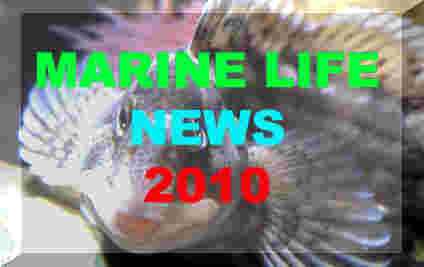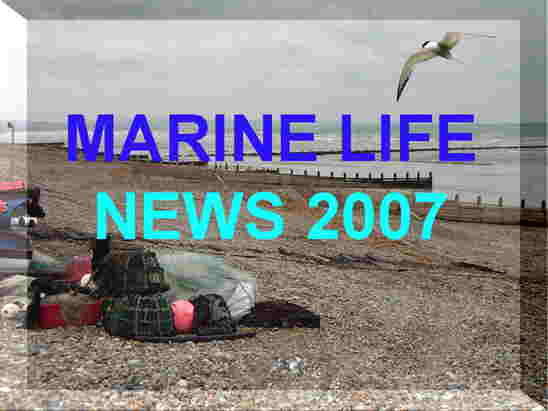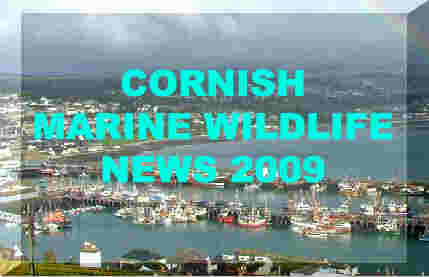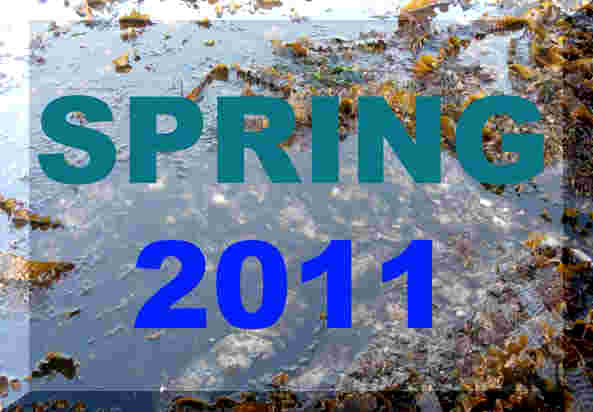EVENTS:
Adur
World Oceans Day 2011
Participation
of other environmental groups are welcome for Adur
World Oceans Day 2011
in Shoreham-by-Sea.
This is an interactive exhibition and all stalls need to be manned. Tables,
chairs and an electrical supply are provided. To allocate space, we will
need to know of exhibitors in advance.
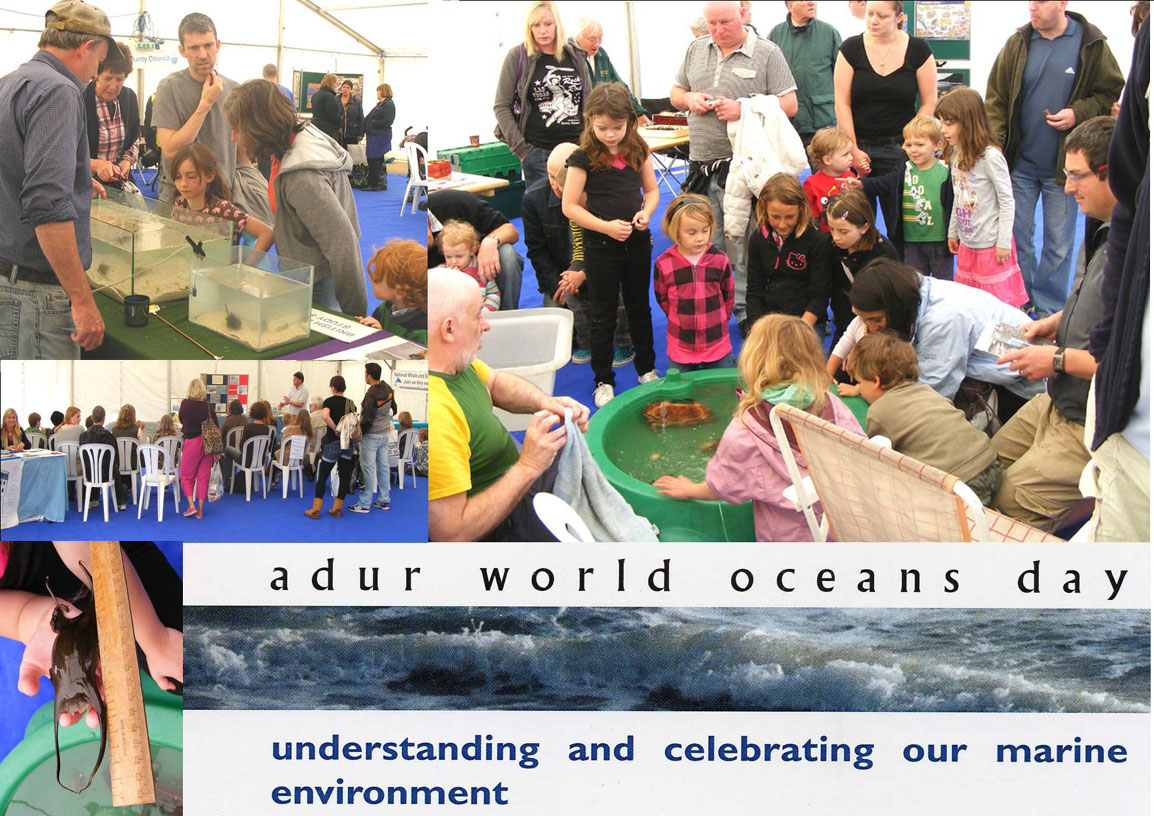
Date:
11
June 2011
LATEST
NEWS:
18
March 2011
Plymouth
Marine Laboratory scientists have detected two large algal
blooms; one off the coast of Ireland and the other closer to home covering
an area from the Lizard,
in Cornwall, to Salcombe,
in Devon.
When
such blooms occur scientists from a range of disciplines are brought together
to identify the plankton responsible and establish whether there is any
threat to people or other marine life.
In
this case the bloom, which is likely to discolour the sea, consists of
vast numbers of a harmless microscopic plant called Skeletonema
costatum and poses no threat.
Long
term monitoring of natural events like plankton blooms is a key part of
nationwide programmes to understand and predict how our seas may be changing.
Using satellites to detect the timing of such blooms is one way of trying
to discover how the oceans are being affected by climate change and other
environmental factors.
3
March 2011
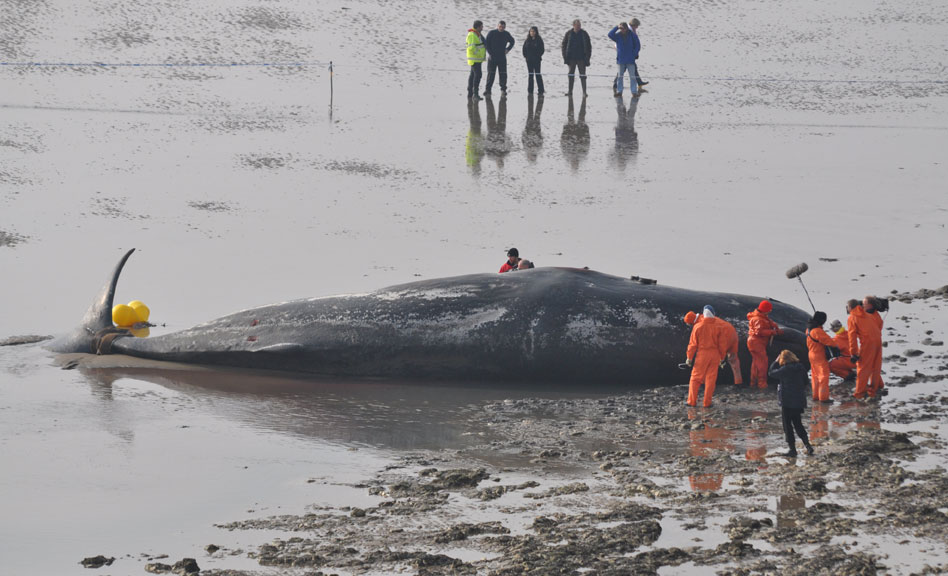
A 13.7
metre long Sperm Whale, Physeter
macrocephalus, was washed ashore dead
at Pegwell Bay in
north-east Kent. This deep water whale was suffering from starvation and
dehydration. Sperm Whales
are unusual in the relatively shallow water of the southern North Sea.
News:
Sperm Whale stranded dead off the Northumberland Coast 2010
15
February 2011
A
Blue
Shark, Prionace glauca,
made
a surpise appearance in St.
Helier Marina,
Jersey.
BMLSS
Blue Shark
21
January 2011
The
isopod (or sea slater) Dynamene
magnitorata was discovered for
the first time on the mainland British coast, hiding amongst mostly red
seaweed in a rockpool at low tide
on a Dorset shore. This is a southern species
known from around the Channel Islands.
20
January 2011
Two
large adult Fin Whales,
Balaenoptera
physalis, announced their presence
by blowing at the surface, of the southern
Irish
Sea, their spouts seen from from the
Fishguard
(Wales) to Rosslare
(Ireland) car ferry.
"It
was incredibly exciting, the whales blast a thirty foot (10 metres) high
column of vapour skywards as they surface to breath.In the cold winter
air. The blow hangs in the sky like a massive crystal plume before slowly
dissipating" (by Cliff
Benson, Sea Trust.)
These
whales have been seen before in winter but it it is the first sighting
during the winter months.
Sea
Trust Welsh Sightings
BMLSS
Cetaceans
Whales
and Dolphins in British Seas (by Steve Savage)
6 January
2011
A
mass stranding of crabs occurred on the Isle
of Thanet
coast, the north-east tip of Kent, including Palm
Bay, Margate; about 40,000 Velvet Swimming Crabs,
Necora
puber, were discovered on the strandline
amongst lesser numbers of molluscs, sea
anemones, sponges and other washed up invertebrates.
The
most likely reason for this mass death was hypothermia.
Previous
Report 2010
BMLSS
Strandline Reports
BMLSS
Intertidal Crabs

British
Marine Life News 2010
Cornish
Marine Life Records 2009 (Ray Dennis Records)
BMLSS
Oil Disasters page



